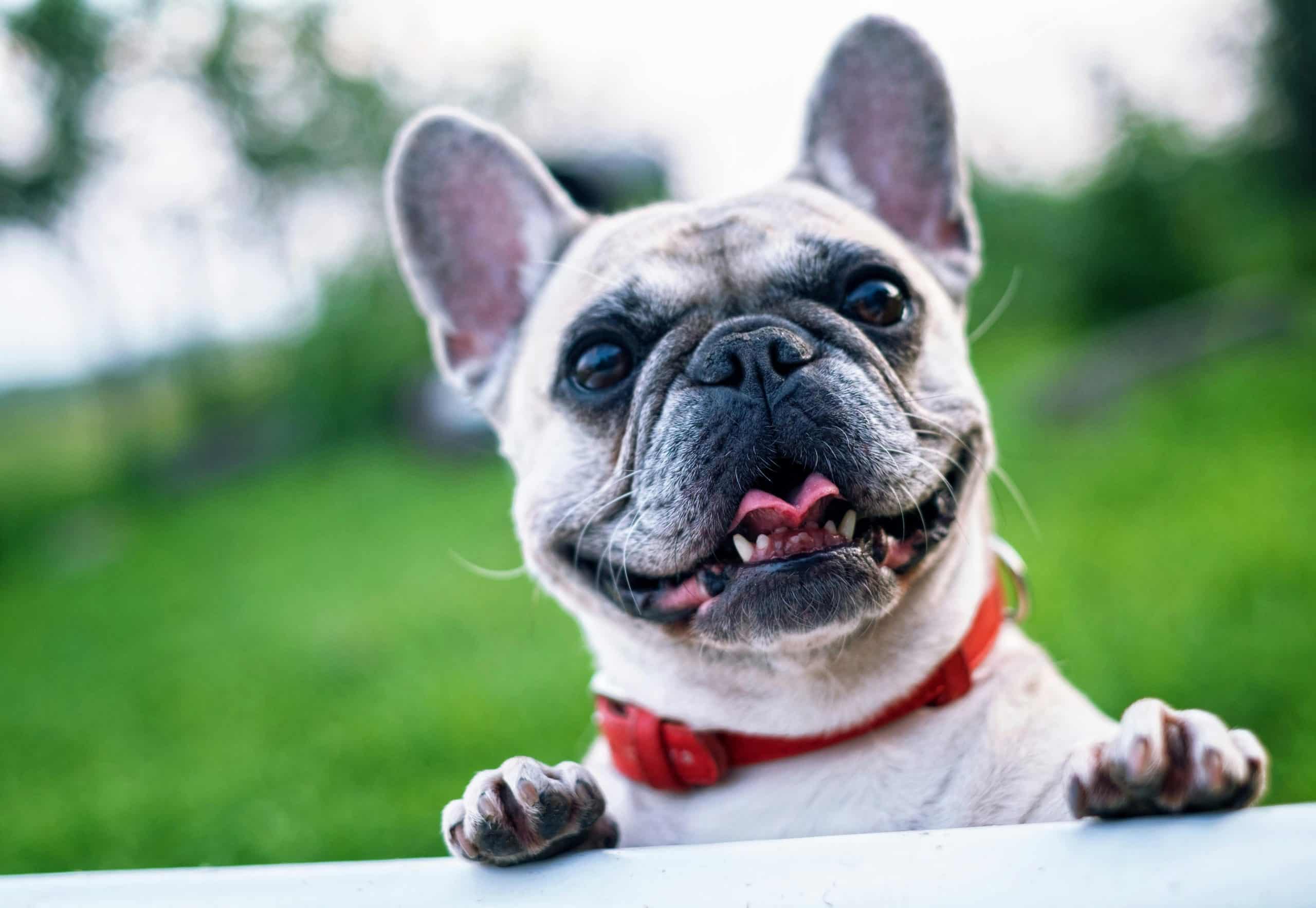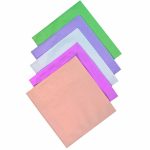Creating a sensory garden for your dogs can be an excellent way to provide them with mental stimulation and physical exercise. It’s also a wonderful opportunity to add beauty to your yard. But what exactly is a sensory garden? It’s an outdoor space designed to stimulate all the senses – sight, smell, touch, taste, and hearing. For dogs, this can mean a variety of plants, textures, sounds, and even tastes that will enrich their outdoor experience. This article will guide you in creating the best possible sensory garden for your furry friends.
Choose the Right Location
When planning a sensory garden for your dogs, the first thing you need to determine is where you want to put it. The location of the garden plays a crucial role in its success. You need to make sure it’s in a place that’s easily accessible for your pet and has a good balance of sun and shade.
Also to see : How to Implement Effective Recall Training in Large Dog Breeds?
Look for an area in your yard that is flat and has good drainage. Dogs love to run and play, so you want to ensure that the area you choose will be safe for them. Consider the size of your dog as well. Larger breeds will need more room to roam, while smaller ones may not require as much space.
If your garden is too exposed to the sun, it could become too hot for your dog in the summer. Conversely, if it’s too shady, it may not be warm enough in the colder months. Strike a balance by selecting a location that gets the morning sun but is shaded during the hottest part of the day.
Also to discover : What’s the Best Way to Prepare a Homemade Diet for a Dog with Liver Disease?
Selecting Plants for the Garden
Not all plants are safe for dogs. Some are toxic and can cause serious harm if ingested. Therefore, when choosing plants for your sensory garden, you need to keep your pet’s safety in mind.
To stimulate your dog’s sense of smell, consider adding aromatic plants like lavender, chamomile, or mint. These plants are not only safe for dogs but their scent will provide a pleasant and stimulating environment for them.
Planting different types of grass can also cater to your dog’s sense of touch. You can include varying varieties like buffalo grass, carpet grass or ryegrass. These grasses will create a diverse landscape for your dog to explore and enjoy.
It’s also important to add tall plants in your garden. These can act as a windbreak and provide shade during hot days. However, make sure these plants are not toxic to dogs.
Creating a Raised Bed
A raised bed can be a great addition to your sensory garden. Raised beds help to keep your dogs from trampling on the plants. They also make it easier for you to maintain the garden, as you won’t have to bend over as much to tend to the plants.
You can build your raised bed using a variety of materials, including wood, stone, or even recycled plastic. Ensure the materials are safe and do not contain any substances that could harm your pet.
To keep your dogs interested in the raised beds, you can change the plants regularly. This will give your pets new smells and textures to explore and enjoy.
Water Features and Enrichment
Adding water features to your sensory garden can provide a source of drinking water for your pet and also attract wildlife, adding to the sensory stimulation. Consider installing a small fountain or a bird bath. Make sure the water is always clean and fresh to ensure it’s safe for your pet to drink.
In addition to water features, you may want to include other enrichment items in your garden. For example, a sandbox can provide a great digging spot. You can also add logs or rocks for your dogs to climb on. These will not only provide physical exercise but also mental stimulation as they navigate around these elements.
Maintaining the Garden
Once your sensory garden is set up, it will require regular maintenance. This is not only to keep the garden looking good, but also to ensure it remains a safe and stimulating environment for your dogs.
Check the plants regularly for any signs of disease or pests. If you find any, treat them promptly to prevent them from spreading. Also, keep an eye on your dogs when they’re in the garden to make sure they’re not eating any plants they shouldn’t.
Keep the garden clean by picking up any dog waste immediately. Regularly refill any water features to ensure your dogs always have a fresh supply. Lastly, monitor the weather and adjust the shade as necessary to keep your dogs comfortable in the garden.
Creating a sensory garden for your dogs is a labor of love, but the rewards are well worth it. Seeing your pet explore and enjoy the garden will bring joy to your heart, knowing you’ve provided them with a stimulating and safe outdoor environment.
Incorporating Different Sensory Elements
Creating a well-rounded sensory garden for your dogs involves more than just selecting the right plants. To optimize mental stimulation and sensory experiences, consider incorporating various components that appeal to different senses.
Textures offer a great way to stimulate your dog’s sense of touch. Think about adding different surfaces in your garden like a patch of pebbles, a sandbox, or a soft mossy area. Dogs particularly enjoy exploring new textures under their paws, making these additions not just visually appealing, but also fun and engaging for them.
Sound is another important sensory component. Consider adding a wind chime or a water feature that creates soothing sounds. The gentle rustling of bamboo or ornamental grasses can also create a relaxing acoustic environment. This not only stimulates your dog’s sense of hearing but also brings a calming effect to the garden.
Taste is an important part of a dog’s sensory experience. Ensure that none of the plants in your garden are toxic to dogs in case they take a nibble. You can also plant dog-friendly herbs like parsley or thyme that your dogs can safely taste.
Don’t forget about visual stimulation. Dogs may not appreciate the color of flowers as humans do, but they respond well to movement. A barley grass patch that sways with the breeze or a butterfly bush that attracts fluttering friends can be captivating for your dog.
Conclusion: Reaping the Rewards of a Sensory Garden
Creating a sensory garden for your dogs is an exciting and rewarding project. While it may take some effort to set up, it’s well worth the investment. Not only does it provide a beautiful addition to your outdoor space, but it also offers a unique and rich environment for your dogs to explore, play, and relax in.
A well-designed sensory garden can give your pet the freedom to engage with the natural world in a safe and controlled environment. It enhances their mental stimulation, keeps them physically active, and, most importantly, it makes them happy. It is a testament to the love and care you provide for your furry friends.
Remember, every dog is unique in their preferences and responses to different sensory inputs. Therefore, observe your pet as they interact with the garden, noting what they enjoy most. This way, you can continue to adapt and change the garden, keeping it fresh and exciting for your dogs.
In the end, the best sensory garden is one that caters to your dog’s particular needs and preferences while remaining a safe, appealing, and manageable addition to your yard. Whether you’re starting with a small patch or a large yard, the joy and benefits that a sensory garden brings to your dogs are immense and long-lasting.






